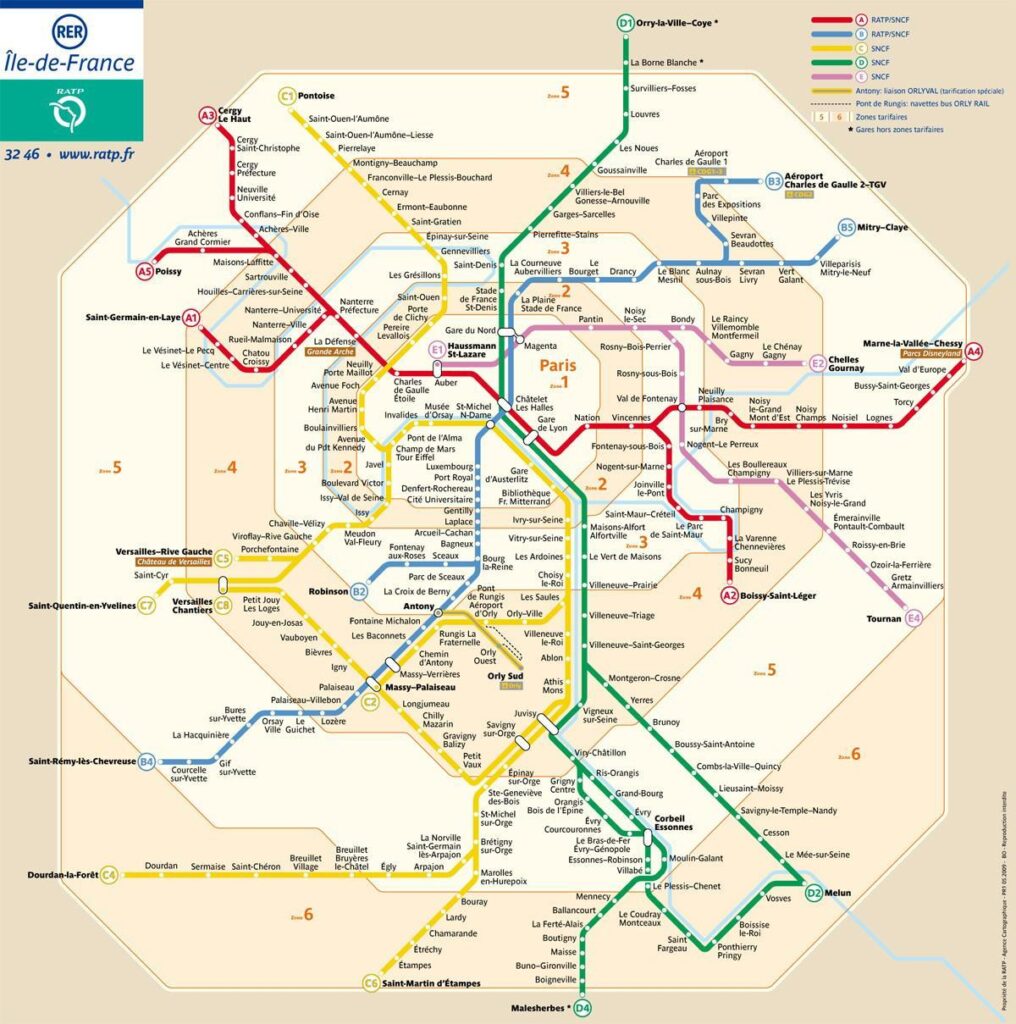Bonjour, fellow travelers and Paris lovers!
As your resident Parisian expert who’s been living in the City of Lights for four fabulous years, I’m here to share my insider knowledge on navigating the oh-so-famous Paris Metro.
Trust me, it’s going to be a ride!
So, join me as we delve into the ins and outs of the Paris Metro, and you’ll soon be zipping around like a true Parisian.
This 10-page Paris travel guide includes all the best foods to eat in Paris, where to eat, the top things to do and see in Paris, including day trips, scenic tours, museums, attractions, and more. Find out the best (and worst) places to stay in Paris, including my top picks for hotels in each area. Links in this PDF are clickable so you can book your tours and hotels directly!
In this post, you'll find...
History of the Metro
Let’s start by rewinding the clock a little.
Did you know that the Paris Metro, or Le Métro Parisien as the locals call it, has been zipping people around the French capital since 1900?
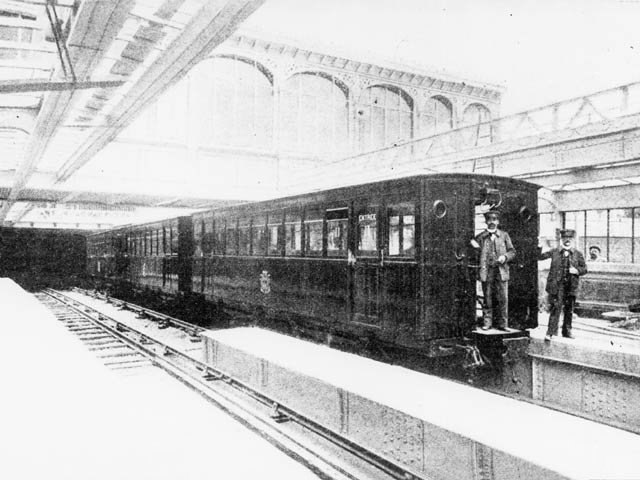
That’s right, this iconic public transportation system has been making it easier for Parisians and tourists alike to explore every nook and cranny of central Paris for over a century.
And, let me tell you, it’s only gotten better with time.
P.S. You can find all my Paris travel articles & resources on this page 👈
Benefits of using the Paris Metro
But why should you, a savvy traveler, opt for the Paris Metro instead of, say, a bicycle or your own two feet?
Well, for starters, it’s a super-efficient way to get from point A to point B, whether you’re visiting the Eiffel Tower or heading to the Gare du Nord for a day trip.
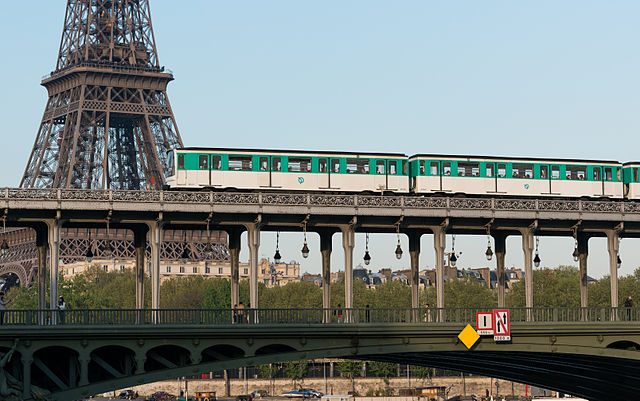
Plus, it’s easy on the wallet, with a single ticket costing just a couple of euros. (€2.10, to be exact!)
Not to mention, with over 300 metro stations and 16 Métro lines, you’ll never be too far from your next adventure.
You can even get to Disneyland Paris, Orly Airport, or Chateau de Versailles using the RER lines (more on that later!).
Understanding the Paris Metro System
Alright, now that I’ve piqued your interest, let’s get down to the nitty-gritty of the Paris Metro system.
With a whopping 16 metro lines (not to mention the RER lines, which we’ll discuss soon), the network is extensive, connecting all corners of the city and beyond.

In fact, it’s so comprehensive that you can reach pretty much any tourist attraction, train station, or shopping district with just a few train swaps.
And here’s some good news: Paris public transportation doesn’t stop at the metro!
There are also buses, trams, and RER trains to help you conquer the city.
So whether you’re off to the Arc de Triomphe, the La Défense business district, or a quaint café tucked away in a charming Parisian alley, rest assured that there’s always a convenient way to get there.
Metro map and zones
Now, if you’re anything like me when I first arrived in Paris, the metro map might seem a tad overwhelming.
But, fear not!
With a little practice and some friendly guidance (that’s me!), you’ll be navigating the Paris Metro map like a boss in no time.
You see, the metro system is divided into different zones, and the fare you pay depends on the zones you travel through.
Central Paris is covered by Zones 1 and 2, while the suburbs, airports, and Disneyland Paris fall within Zones 3 to 5.
Preparing for Your Metro Journey
Before we embark on our Parisian metro adventures, let’s chat about tickets.
Purchasing tickets and passes
A single ticket (called Ticket t) will get you a one-way ride within the city limits, but there are other options for those with grander plans.
If you’re in Paris for a short trip, consider a Paris Visite travel card, which offers unlimited travel within certain zones for consecutive days.
Trust me, it’s a game-changer when you’re trying to cram all the tourist attractions into a tight schedule.
For those who call Paris home or are staying for an extended time, the Navigo Easy Pass or the Navigo month/week pass might be your best bet.
Just a heads up – you’ll need a photo for the latter, but don’t worry, there are photo booths in most metro stations!
So, where can you buy these magical tickets and passes? Well, you have several options, including ticket machines, ticket offices, and even online.
The ticket machines are available in most metro and RER stations and accept euro coins, credit cards, or debit cards.
If you’re a first-timer, you can always head to a ticket office or booth for some friendly face-to-face assistance.
Navigating the Paris metro with apps and tools

Let’s face it, even the most seasoned Parisian can sometimes find themselves turned around in the underground labyrinth.
So here’s a little secret: there are some amazing apps that will help you find the best route, the next train, and even the closest station to your final destination.
My personal favorite is the Bonjour RATP app, which provides real-time info, route planning, and even informs you about any disruptions. It’s like having a little Paris Metro guru in your pocket!
Citymapper is a close second, with its interactive map, live updates, and an array of transportation options.
And if you’re hoping to explore the City of Lights by bike, Velib is your go-to app for finding and unlocking available bikes throughout Paris.
Using the Paris Metro: Step-by-Step Guide
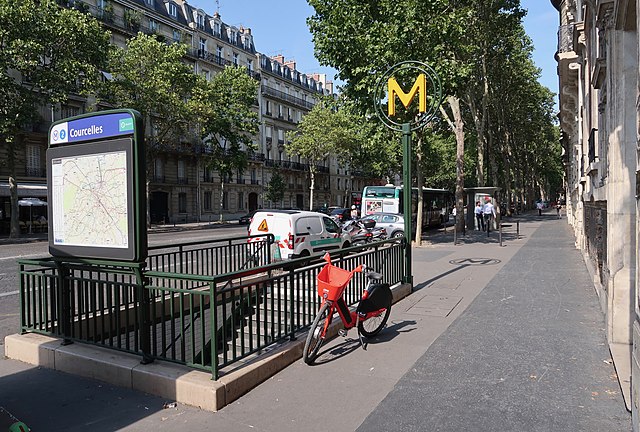
So, you’ve got your ticket, you’ve downloaded your trusty app, and you’re ready to take on the Paris Metro like a pro.
But first, let’s find the nearest metro station.
Entering the Metro station
Look for the iconic “M” sign or the classic Art Nouveau entrances designed by Hector Guimard.
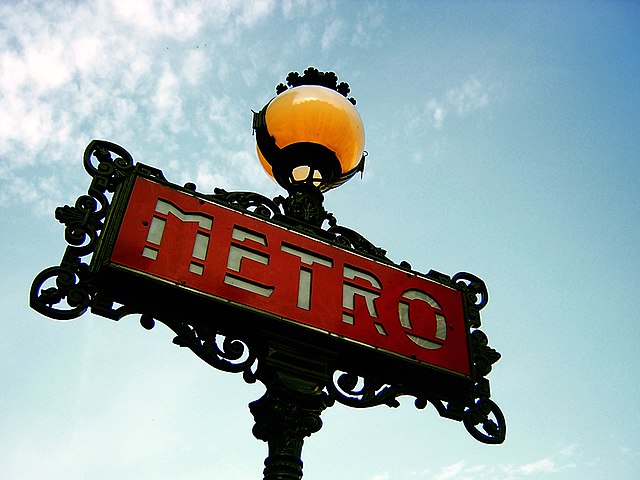
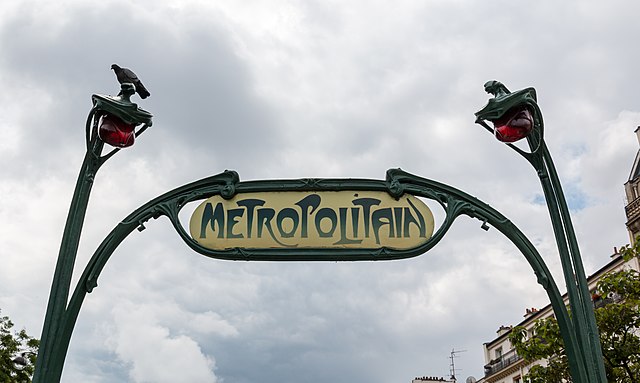
Once you’ve found your gateway to the underground world, it’s time to use your ticket or pass at the turnstile.
Just slide it into the slot, wait for the green light, and voilà! You’re in.
P.S. Keep your ticket! You’ll need it to exit the station at your final destination.
Boarding the correct train
Now, here’s where things get interesting.
First, identify the line you need to take by checking the line number and color. Next, make sure you’re heading in the right direction by looking at the terminus station – the last stop on the line.
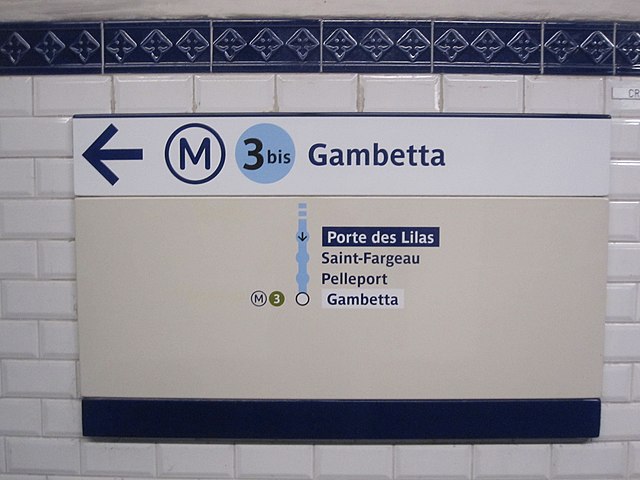
This can save you from a little “oops” moment where you end up on the wrong train, going in the wrong direction (yes, I speak from experience!).
Once you’re on the right platform, it’s just a matter of waiting for the train to arrive. When it does, let passengers exit before boarding and then find a seat or a comfortable spot to stand.
Remember, it’s always a good idea to keep an eye on your belongings and be aware of your surroundings when getting on and off the metro!
Riding the metro
While aboard the Paris Metro, it’s important to mind your metro manners.
Offer your seat to those who may need it more than you, such as the elderly or pregnant women.
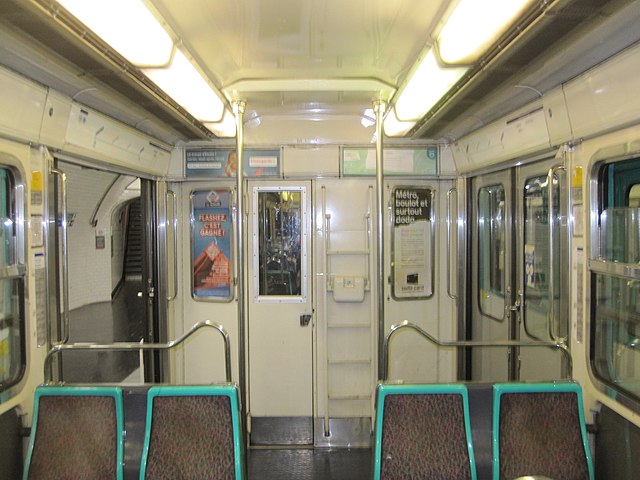
And try to keep noise to a minimum – nobody likes a loud phone conversation, am I right?
If you’re unsure when to disembark, use your app or the in-carriage maps to follow your progress.
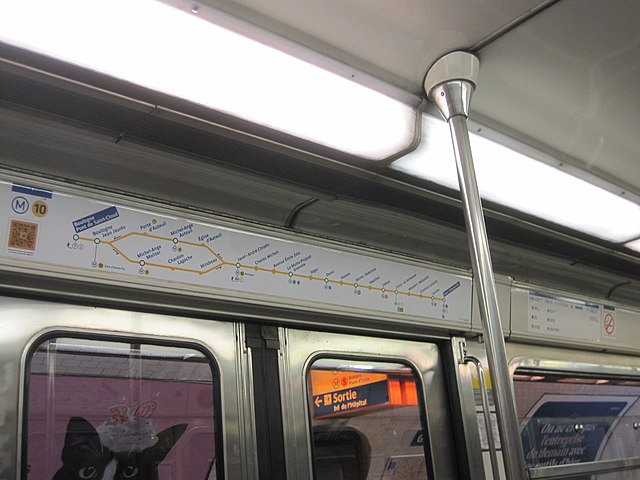
Changing lines and exiting the metro
If you need to change lines during your journey, simply follow the signs within the station.
They’ll guide you to the correct platform for your next train.
When you’ve reached your destination station, look for the “Sortie” signs to lead you back to the bustling streets of Paris.
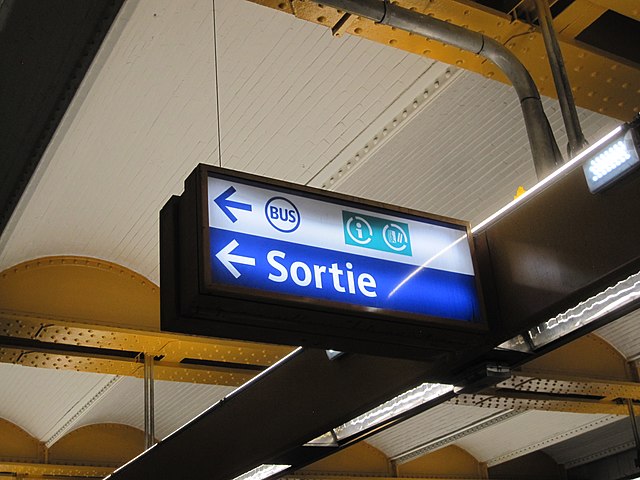
Now is when you’ll use your ticket or pass to exit the station through the turnstile!
Tips for a Smooth Paris Metro Experience
Best times to travel and avoiding rush hour
Take it from me, traveling during rush hour can be quite the experience!
To make your metro ride as pleasant as possible, avoid peak times (usually 8-9:30 am and 5-7:30 pm on weekdays).
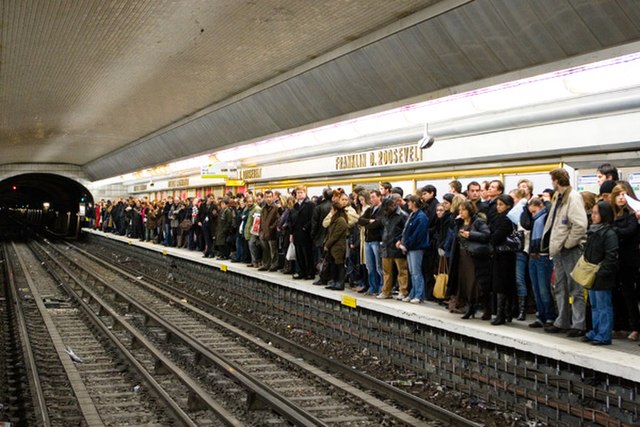
Trust me, you’ll thank me later when you’re not squished between a sea of Parisians all trying to get to work on time.
Also keep in mind the operating hours of the Paris metro – it doesn’t run 24/7, so you’ll want to be sure to have alternative transportation lined up if you plan on going out after hours.
Accessibility for travelers with disabilities
While the Paris Metro is working on improving accessibility, not all stations are currently equipped with elevators or ramps.
It’s a good idea to research your route ahead of time and check which stations have the necessary facilities to accommodate your needs.
Safety tips and precautions
Though the Paris Metro is generally safe, it’s always wise to stay vigilant.
If you’re traveling late at night, try to stay in well-lit areas and near other passengers.
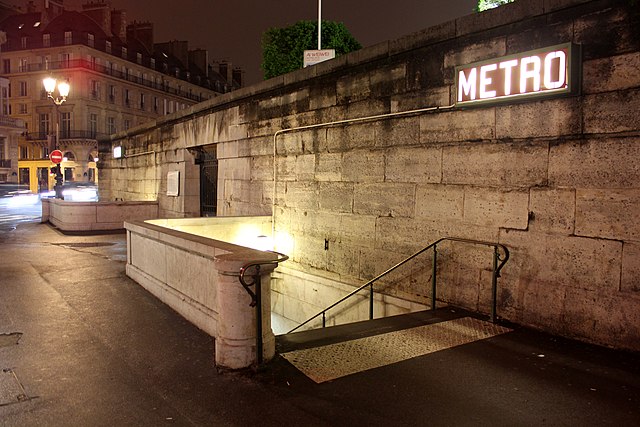
Keep an eye on your belongings, be aware of your surroundings, and use common sense.
Metro etiquette and respecting local customs
Finally, when in Paris, do as the Parisians do! Be respectful of local customs and etiquette.
That means not eating smelly food on the metro, giving up your seat to those in need, and always saying a polite “Bonjour” and “Merci” when interacting with fellow passengers and metro staff.
Final thoughts
So there you have it, my dear Paris explorers! You’re now equipped with all the knowledge and insider tips you need to tackle the Paris Metro like a true Parisian.
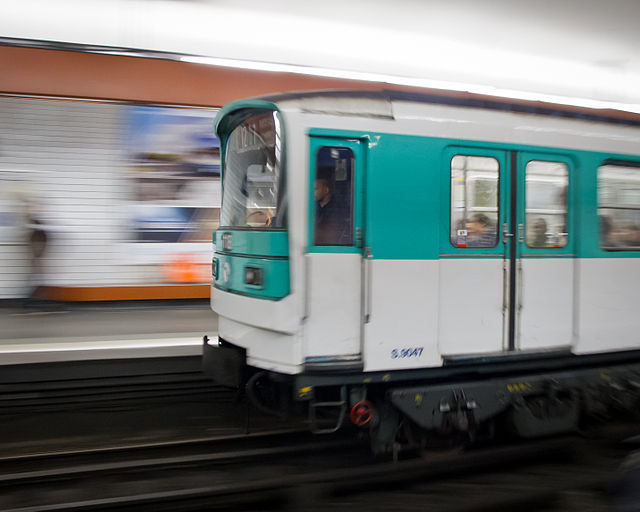
As you set off on your Parisian adventures, remember that the Paris Metro is more than just a convenient way to get around – it’s also an integral part of the city’s history and charm.
Whether you’re hopping on a train to see the Eiffel Tower, venturing out to the Paris airports, or exploring the city’s many neighborhoods, embrace the Metro as part of the quintessential Paris experience.
So, grab your ticket, download your app, and get ready to explore the beautiful streets of Paris with the help of the mighty Metro!
Hi, I’m Tiana – founder of and author here at Where Tiana Travels. I’m a 20-something with a love for all things travel, photography, and food. I have been living abroad for the past 5 years and solo traveling the globe in my free time. I created this blog to share my travel stories and inspire other women to go out and see the world. Read more about me here!


